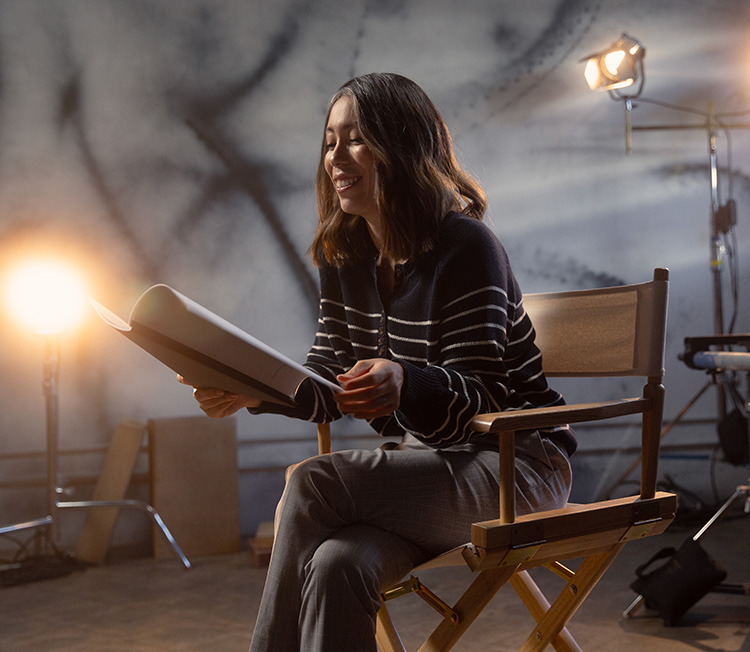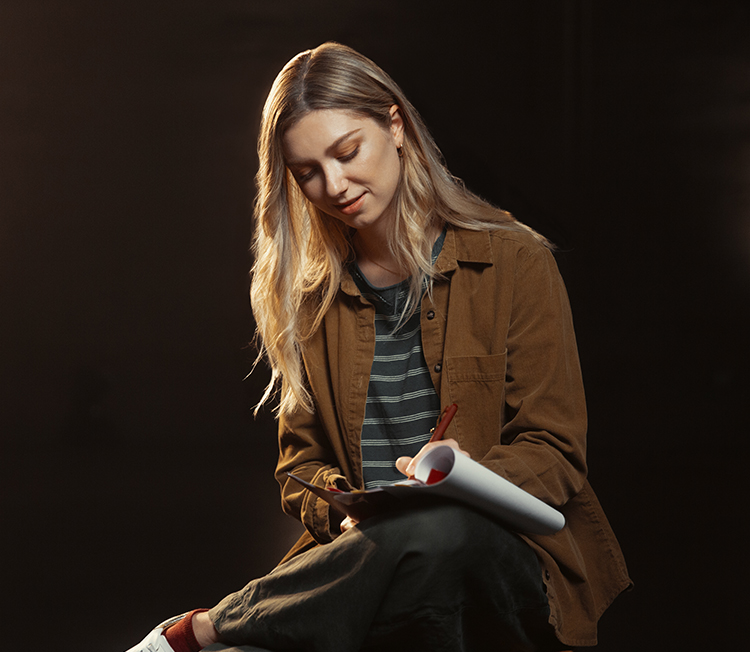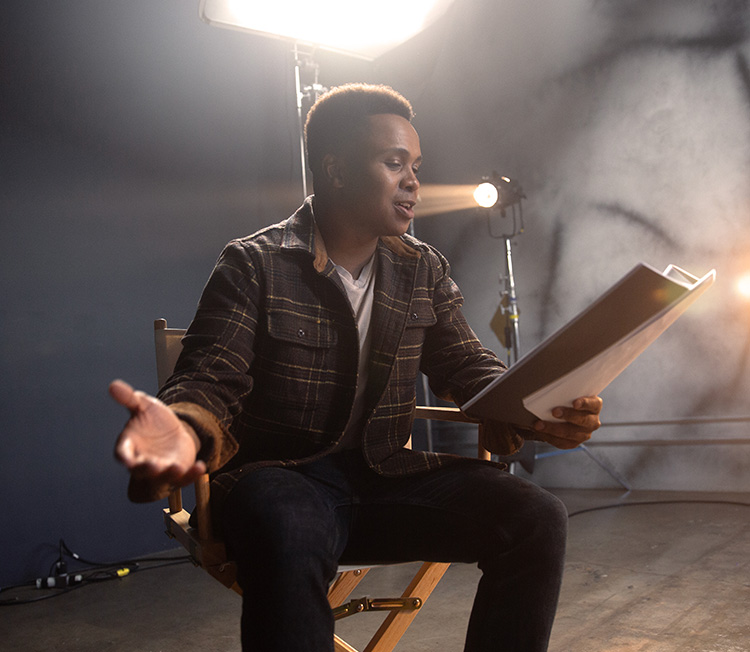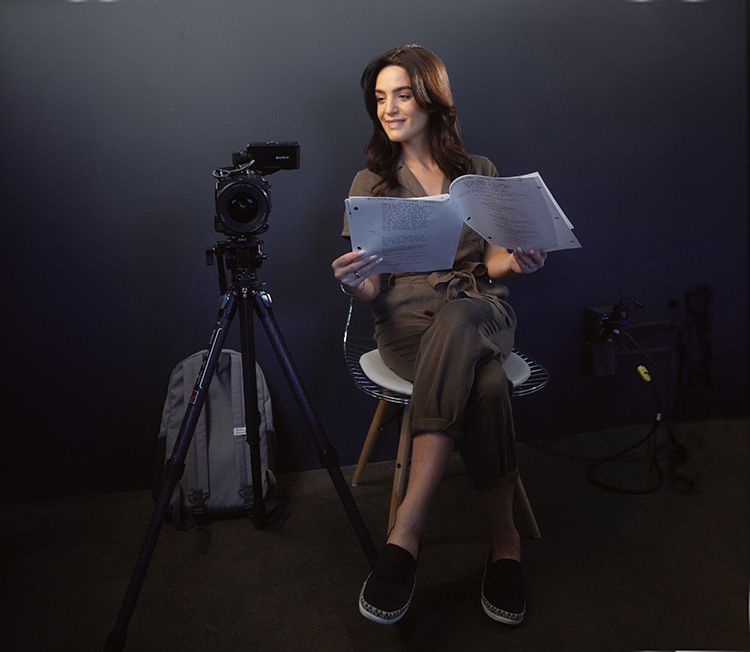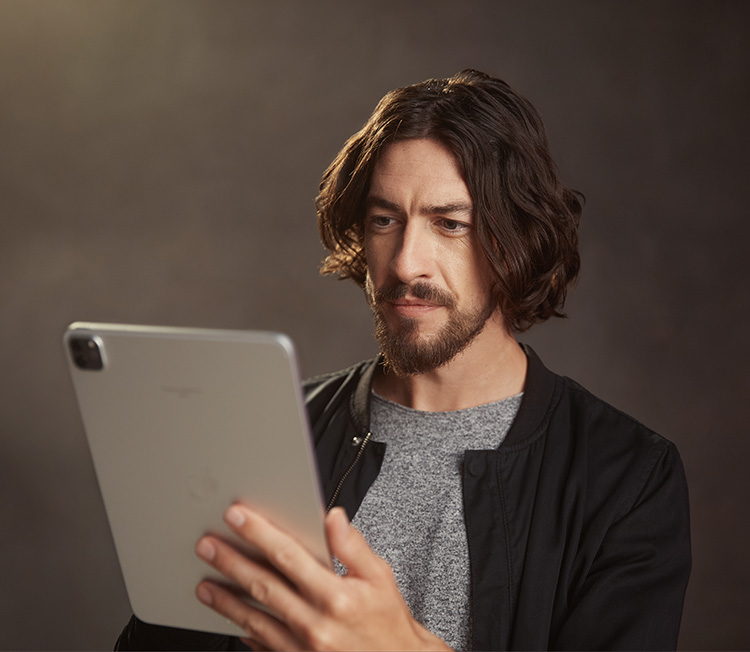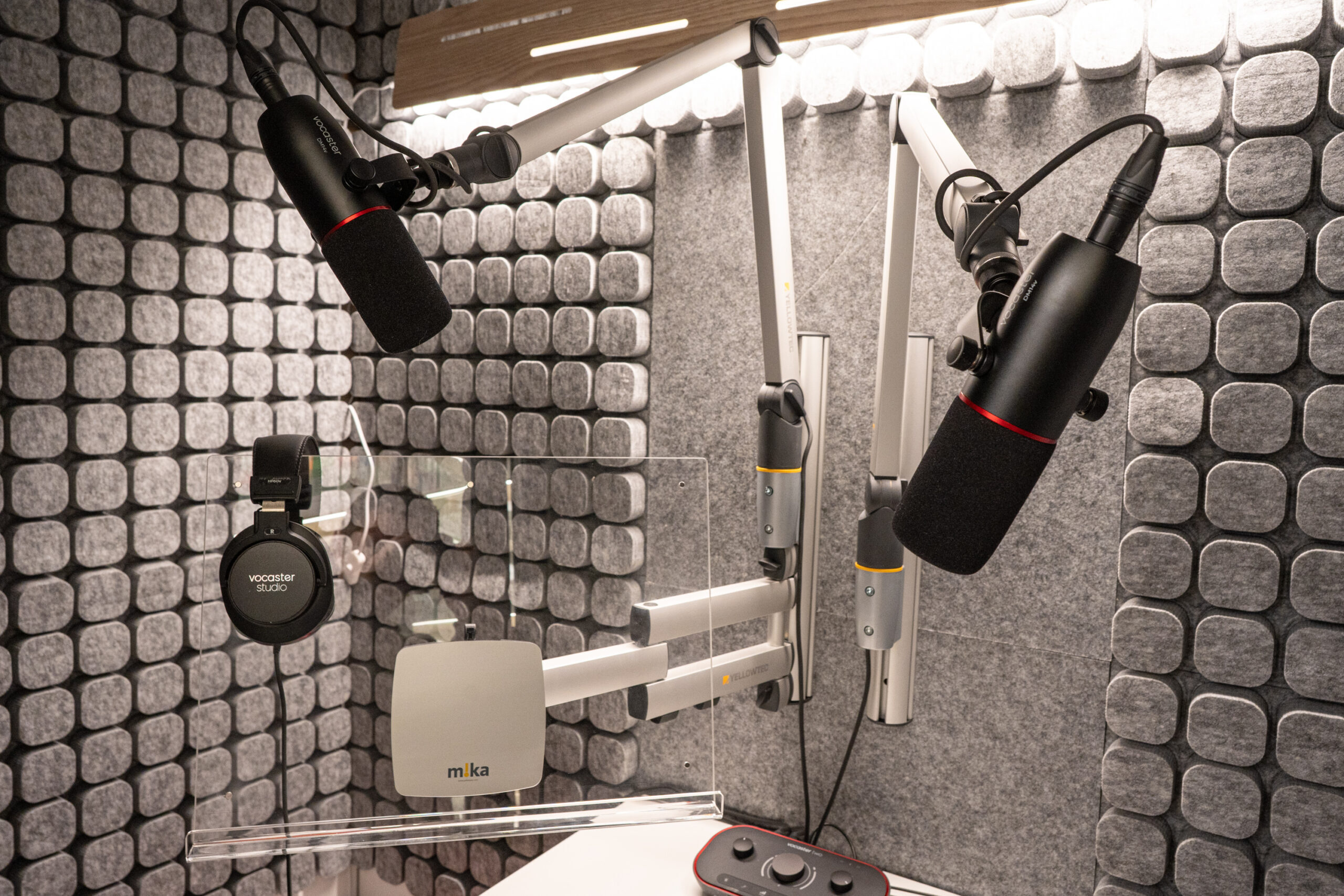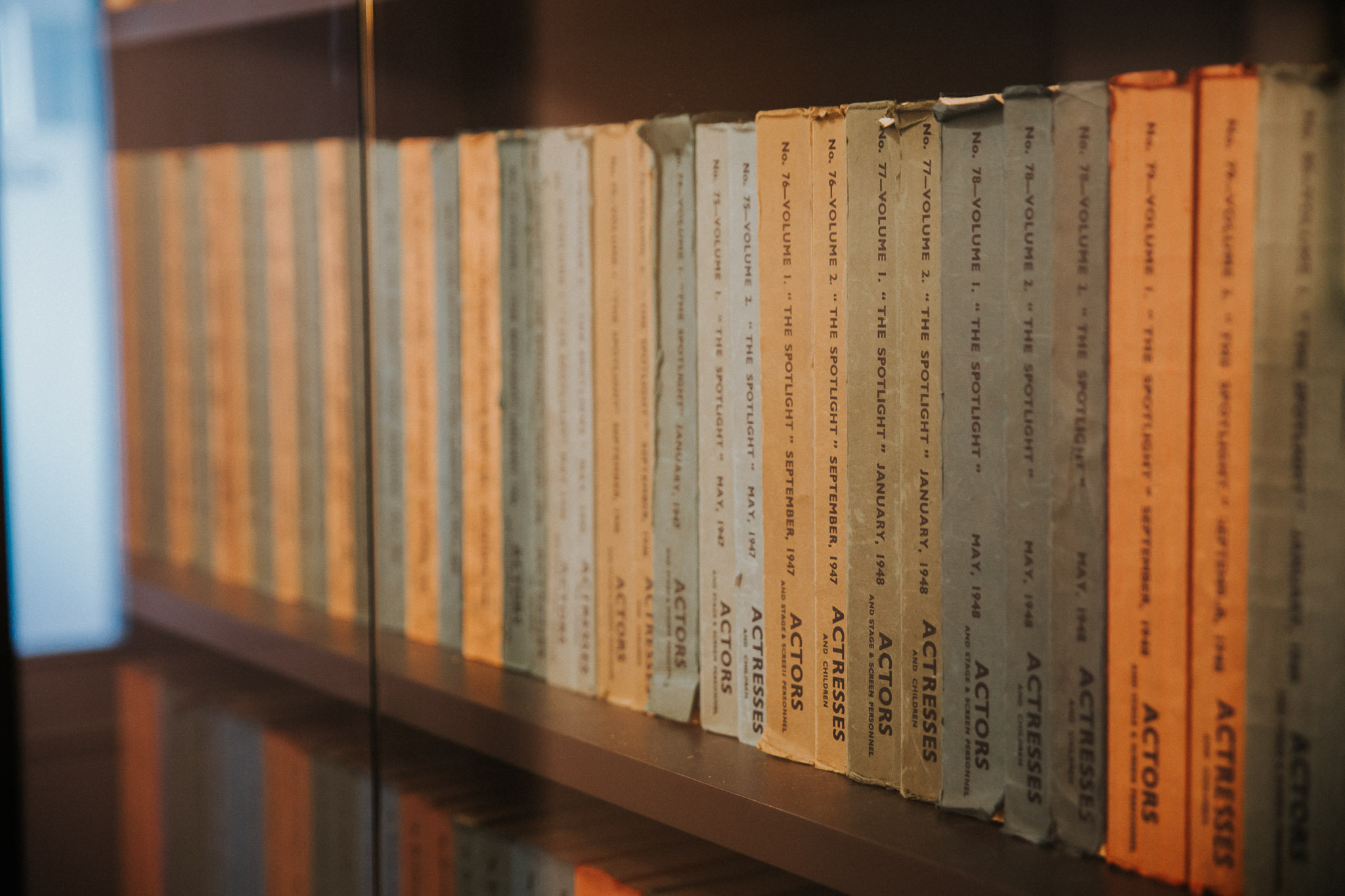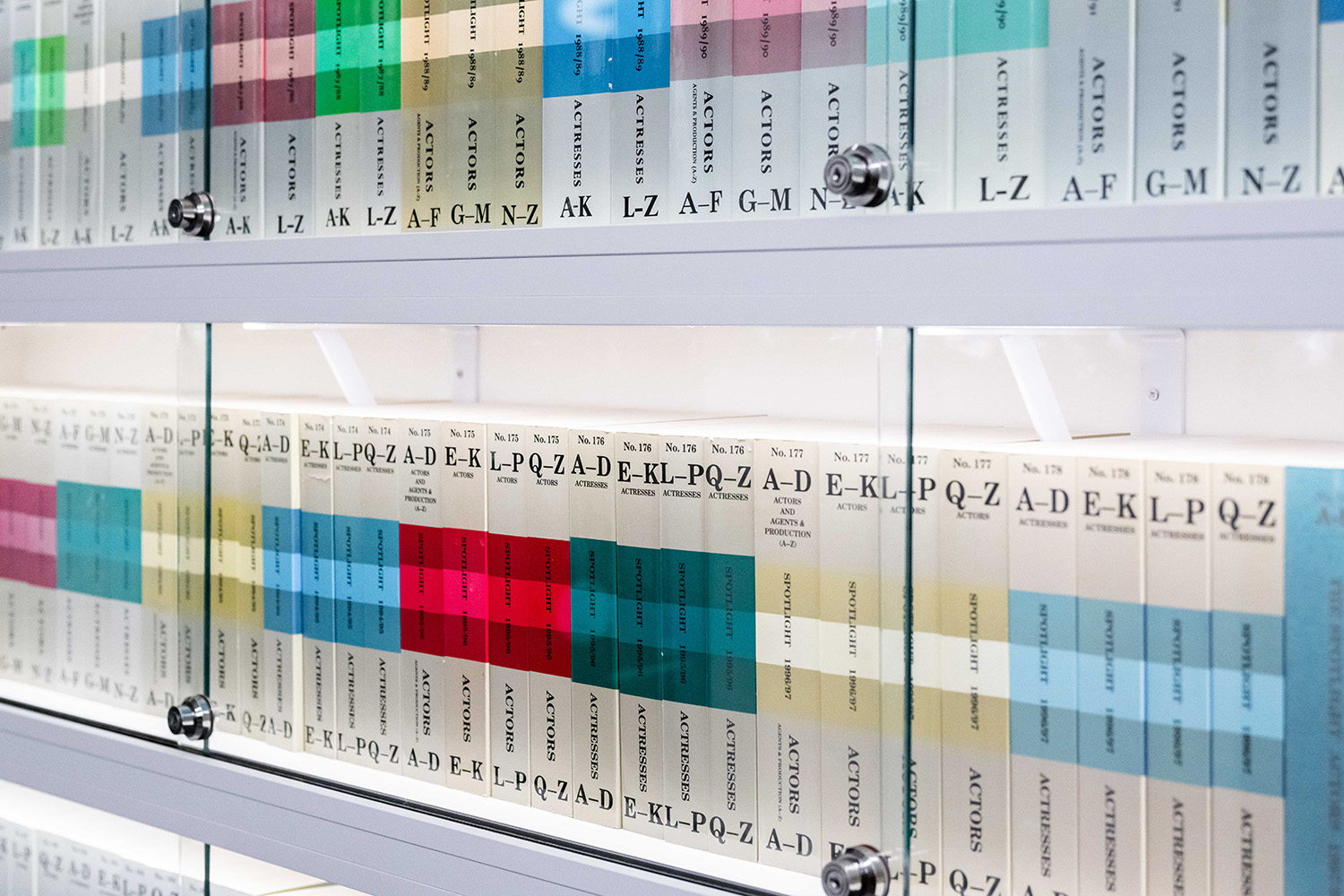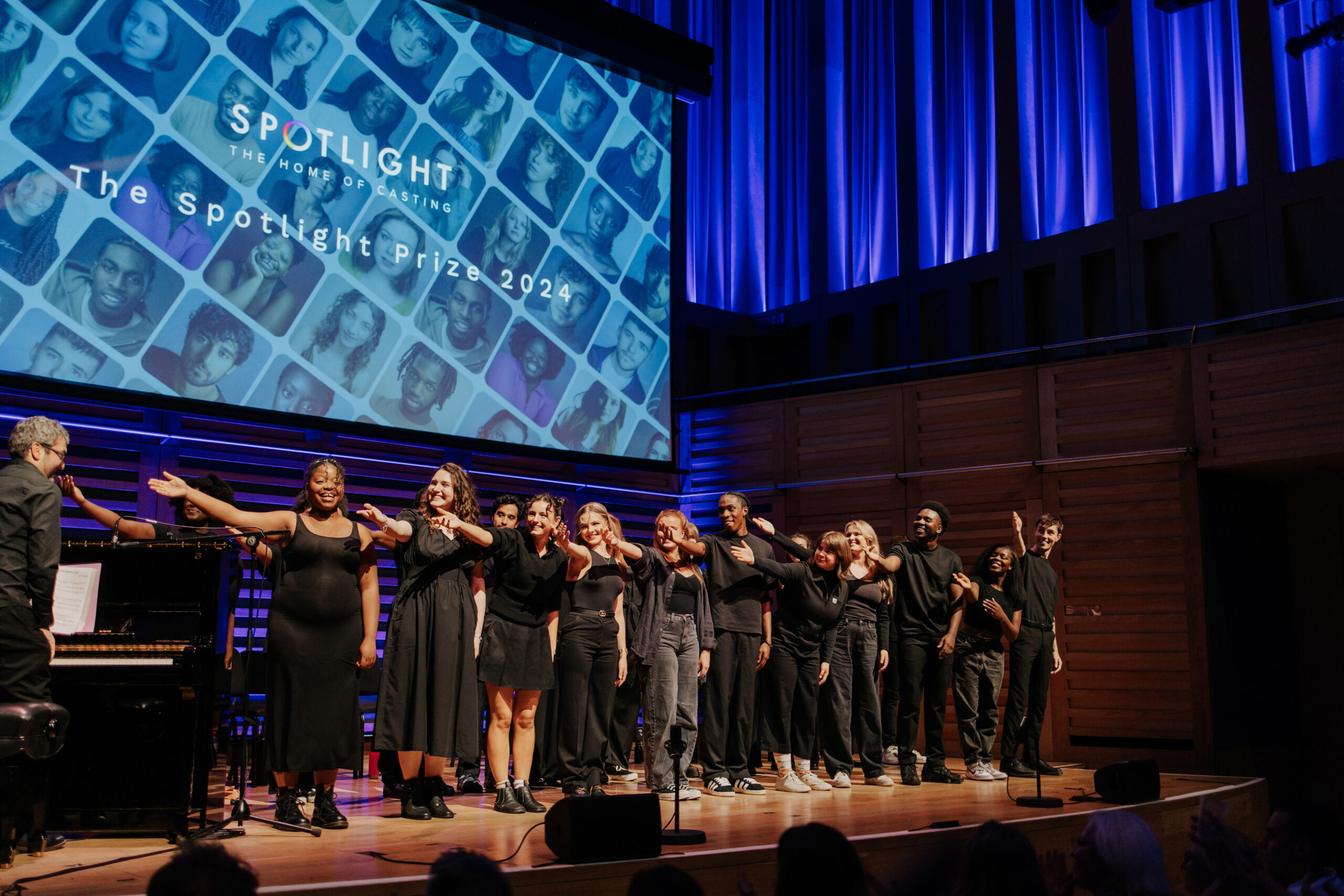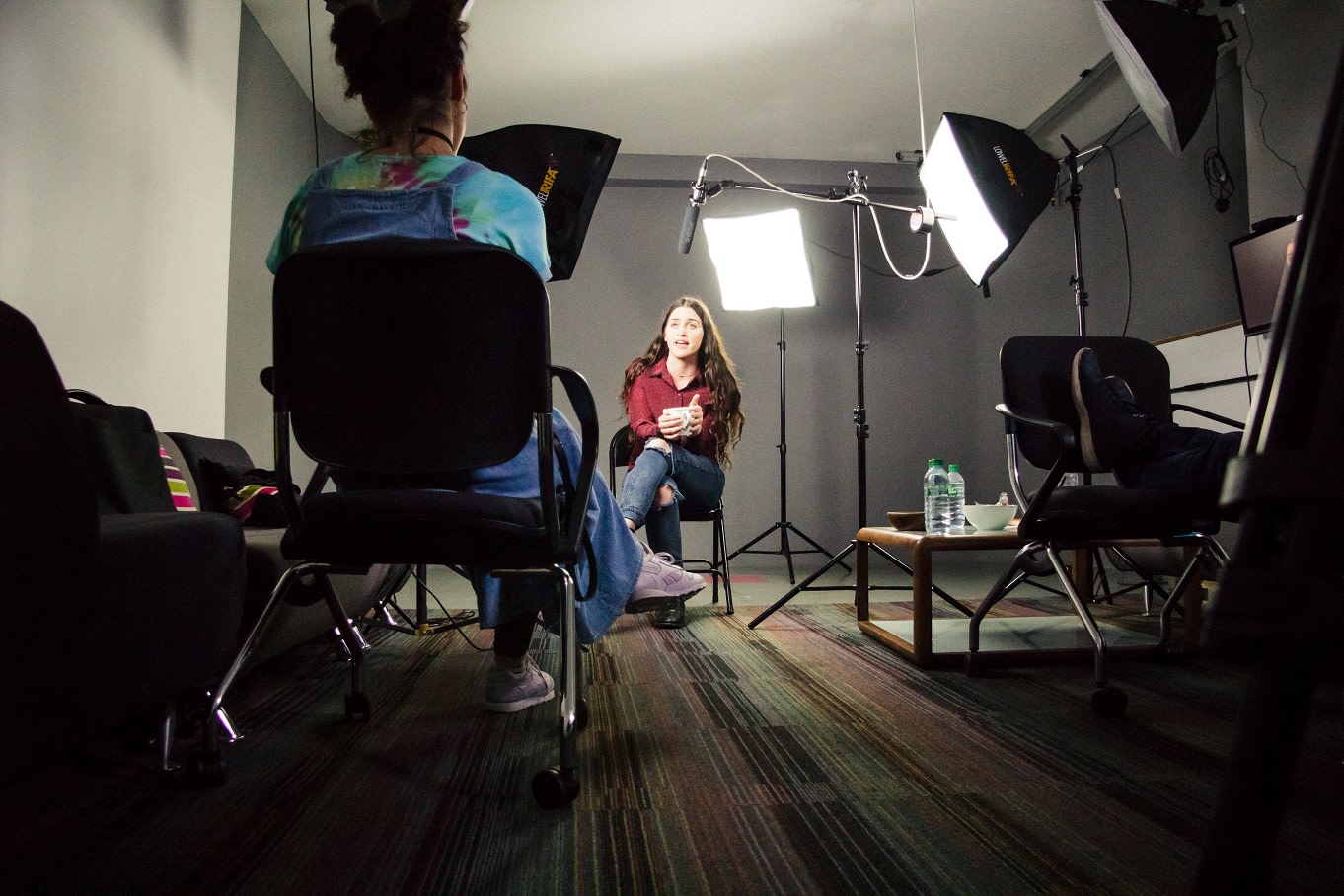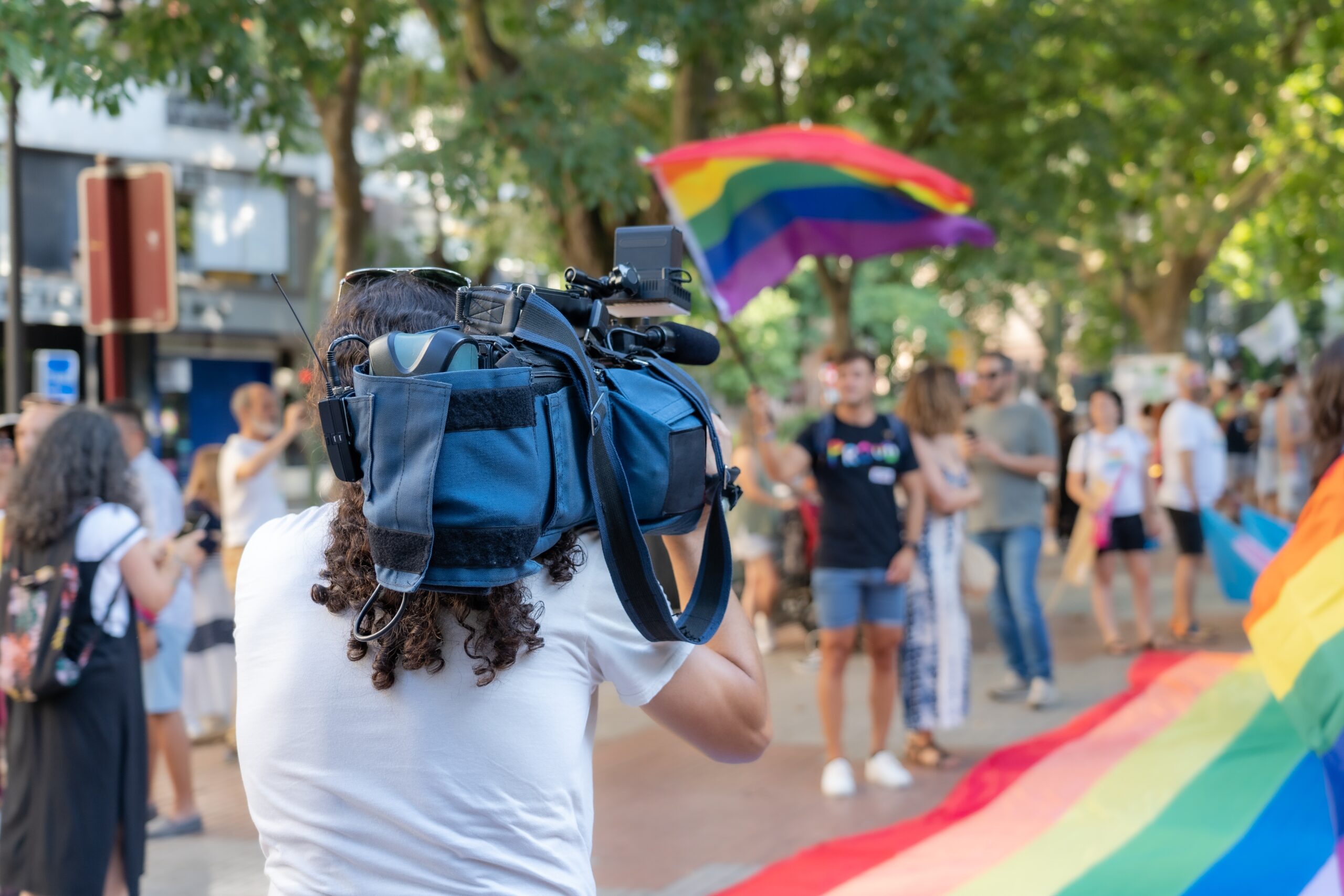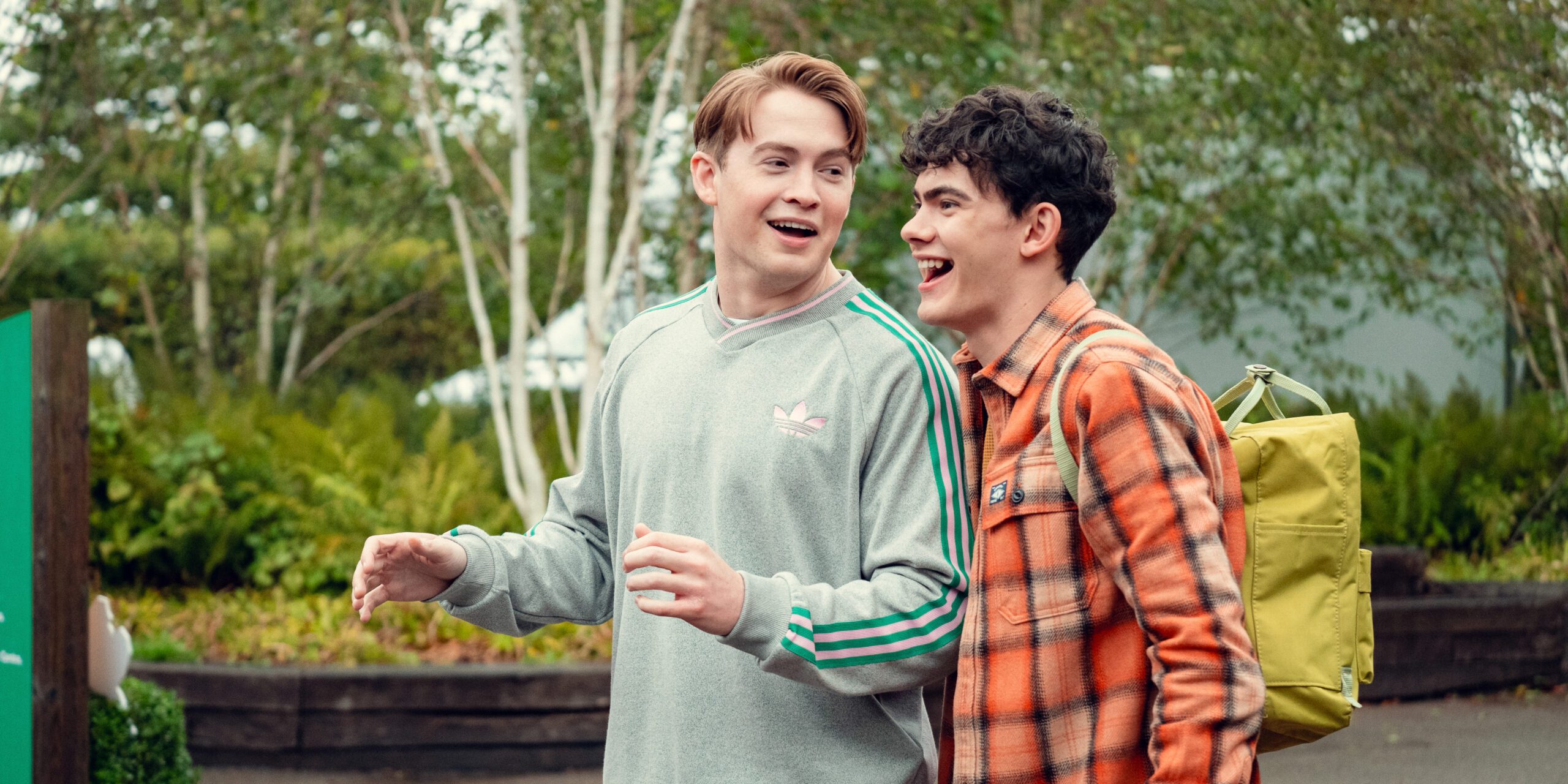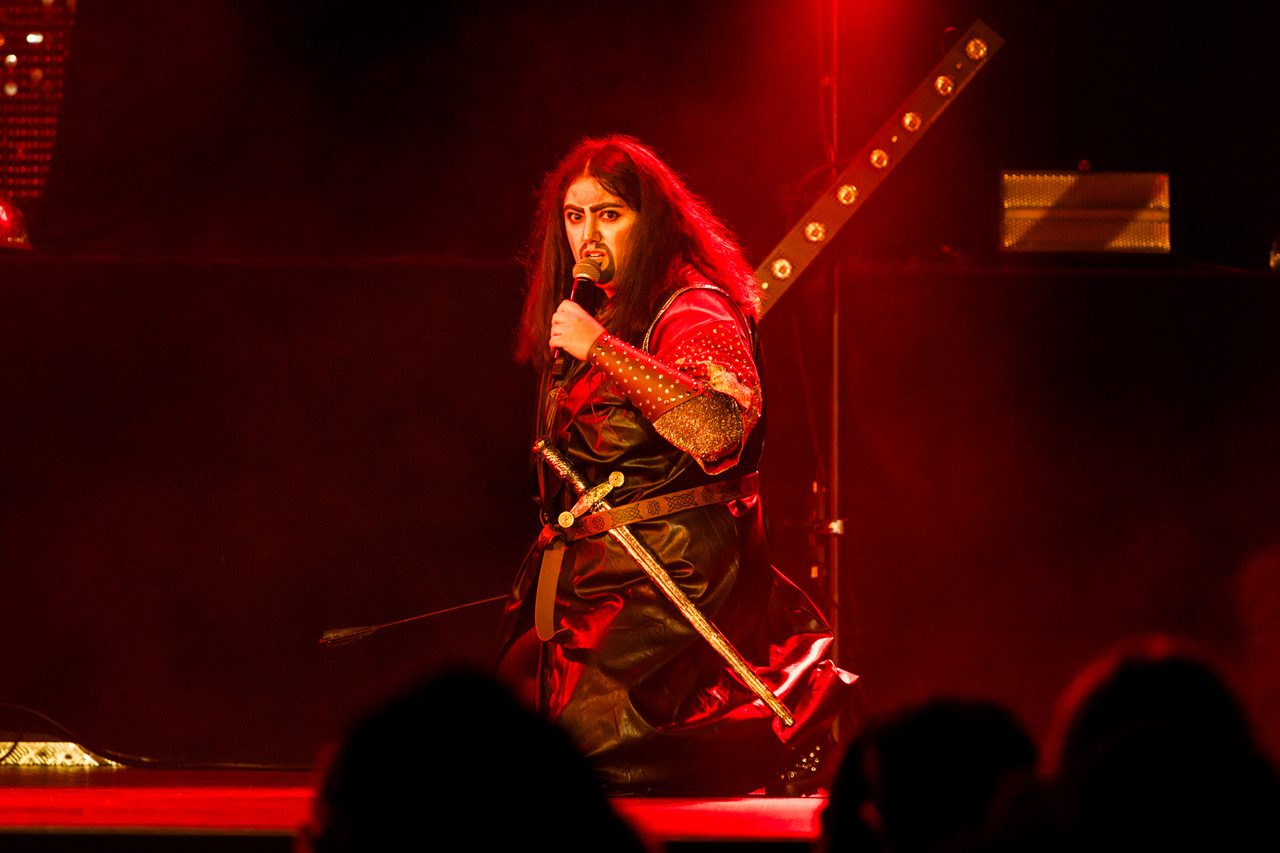Spotlight spoke to Casting Director Sue Odell on her hands-on approach to casting, the realities of a commercial casting timeline, and how inclusivity factors in…
“I like to give [actors] confidence straight away – I try to find interesting types that aren’t conventionally pretty. I give them confidence by finding that something about them – I love the chip in your tooth! I love your eyebrows!”
What got you into casting in the first place?
It wasn’t ever planned. I was a graphic designer. I worked in magazines and on TV, and then a photographer called Iain McKell – this was 1983 – came up and said he wanted to put on an exhibition of his work. He was super cool, photographed Madonna, Malcolm McLaren, Vivienne Westwood… and he asked me to work with him. I put on the exhibition of his work that was a massive success and after that he said come and work with me full time. So I left my job as a graphic designer.
I started off by cleaning the loos and making lunches in the studio, and one day we were given an advertising campaign for Smirnoff. He said, “Right, can you sort it out for me?” I had to find the models and all the clothes and props, find the locations. I did absolutely everything. I lived (and still do) in Camden and sort of went around and did street casting – I didn’t know any actor agencies. I knew some fashion model agencies but we didn’t want that sort of person.
I went out and did ‘street casting’, and found all the props and locations… after that we started getting more and more work and it just developed from there. For the first 20 years I did casting and styling – all the location scouting, the whole production. Everything – which was incredibly unusual at the time which is why I think people like working with me.
How did your process develop? How did you ‘learn’ to cast?
Well, I cast for advertising mainly. I also cast short films, and I’ve just cast my first feature this year. The advertising agency will come up with a concept. In the olden days, I worked with Don McCullin for a time, and we did an anti-heroin campaign. They wanted a girl being sick in a loo, and a boy holding some heroin… First of all, Don wanted to go to Liverpool and work with real prostitutes and drug addicts, and the agency said no, you have to approve everybody! Then I really went out and about in Camden – I wanted a boy with real bitten nails. I worked with Don for some time, casting the Met Police campaign and other jobs. Then I worked with Lord Snowdon, for 6 years as his casting director and stylist, and that was quite different – all posh, upmarket advertising campaigns…
I’ve always done street casting, I had an eye for that. One of my favourite jobs ever was for Accurist watches, the ad agency gave me the copy line “No ordinary old-timer,” and 6 weeks – unheard of now! They wanted me to find really interesting-looking older people. I went around drag clubs and gay clubs and tattoo conventions. One of the subjects I found was a woman in her 70s who was completely tattooed from head to toe (unusual at the time!)… I loved all that.
Occasionally I’ve used a casting assistant, but mostly I do everything myself. My casting director friends are often surprised, I literally do everything myself from the booking in, to taking photographs. I will book a camera operator for moving image, but I’m there at the casting meeting the actors the whole time. I think I’m a control freak!
Where do you look for talent?
I go to the theatre a lot… And new theatre companies like Redgates Theatre and WoLab – incredible places where you can pick up great talent… The job I’ve just done, which is a big TV commercial, they wanted families – the way I started was by going to child agencies and then from there we used the whole family. The siblings and parents and grandparents hadn’t been in front of the camera before. But we wanted real families. It’s much more natural [that way].
What do you like to see from headshots or photos on a profile in general? What are the common mistakes on acting profiles?
I want to see the whole body – too often it’s just headshots… Everyone should have at least one three quarter or full length picture on Spotlight. Ideally everyone should have some kind of moving image… sadly so many actors haven’t got a showreel but sometimes when they have they’re wearing camouflage make-up or something so I can’t see their faces. Or they’re putting on an accent. If I hear that I’d just think “that’s not what I expected”.
I wrote recently on Twitter that I looked through 700 showreels for one film job.. Now if you think that I have to look through the first minute of 700 showreels… that’s a lot of time! An actor asked me, ‘So that means you didn’t get to the end [of my three minute showreel]?’ and I suppose I might not have – though of course I hope go back and look at a few whole showreels at least.
How much say do you have in suggesting different kinds of people for a role?
I always suggest actors. If it’s advertising, the photographer might go “alright, I’ll listen to you” but then the advertising agency and clients might go for someone much more conventional…
In the end it’s not up to me. If it’s a film, the director will say, who do you think? The director will be with me, we will always cast together… But if it’s adverts, those ad agency folk rarely come along.
What’s your view on ‘inclusive’ casting?
I do a lot of LGBTQ+ castings and go to loads of events, I know loads of LGBTQ+ identifying actors and I’ll try to call them in to castings. It’s difficult sometimes to figure out how to cast [more inclusively] for lots of different reasons… I’ve done two films with trans roles and I always insist we must cast a real trans actor. In fact a film that I’ve cast recently, which is fantastic and coming out soon, is called My Brother Is A Mermaid, and I cast a trans teenager. It was interesting finding trans teens…and their incredibly supportive parents too. I found the person we cast on Spotlight, but I also sent [the breakdown] out to loads of different LGBTQ groups and put it on social media… asking around and going to agencies. Of course some agents do know if their clients are trans or gay or queer, but many don’t. When I was casting one of the trans roles recently, we saw lots of cisgender as well as trans people – I said it had to be a trans person though, it matters a lot. And they agreed.
What your day looks like then – how do you make a breakdown? How do you start the process?
If a job comes in today, I might have to cast it in just one- or two-days’ time… I have a core of agents that I deal with and I would send them something first. I keep a lot of people in mind, on file, and I would go to them too.
Loads of actors write to me and I take headshots and label them and keep them on digital files myself. I just have a folder called ‘actors’ and if I’ve seen them in a show, I make a note. I don’t know how other casting directors do things…
So you start with some people you might know, or agents you’re familiar with – how do you then narrow down who to bring in?
It depends. This casting I did on Friday, I think I only knew about it on Wednesday. Some agents then check for me who is available, others just suggest lots of actors who in the end aren’t actually available. We casting directors always have an issue with actors not being available and being told so right at the end of the day before the casting. I complain about no-shows on Twitter – for me that’s massive. They’ve taken up a slot that another actor could have had.
I do ask for self-tapes quite often now too. A self-tape helps narrow things down a lot. I just did [an advert] for Multiple Sclerosis, and I wanted people who actually had MS. I found loads of people. But I didn’t want them all to have to come in for a casting, so they all did self-tapes. I then called in a few of them to a casting in my studio. Obviously I love to work with people of all abilities… Sometimes [clients] will whisper in my ear that they’d like to see more people who are diverse in some way, but you aren’t allow to specify a particular ethnicity on the Spotlight breakdown unless there is a reason for it – for instance if it’s for a medical campaign that targets a particular audience.
You often hold castings here, in your home/studio…
I do cast in my own house, I have done for 28 years. People love coming here – it’s an eclectic weird colourful house…. I sometimes cast in town because I can only really accommodate up to three clients here. It’s difficult when clients are in the room because it can stifle the process, but usually they are on their computers, not paying much attention to the actors I’m casting…
This has come up in other chats. Lots of people in the room can be a bit off-putting. What do you do to make people comfortable with that? Does it vary from person to person?
Very much. I like to give them confidence straight away – I try to find interesting types who aren’t conventionally ‘pretty’. I give them confidence by finding that something about them – I love the chip in your tooth! I love your big eyebrows! I am very honest. I don’t like older men dyeing their hair… I always tell them if they just let it go salt and pepper, they’d get much more work. Ha! There’s me saying that with my bright red dyed hair!
I always ask people to take their make-up off. I don’t think it helps with anything. I take casting photographs, and my lighting is side-lit – it shows up any blemish, it’s very honest, and that’s what I and my clients want.
What happens then, when you’ve actually got people in?
They come in, it’s all very friendly. My actor husband says hello to everyone, he’s very chatty. If there are kids, I try to offer Party Rings as well as satsumas and bananas. I want them all to have a nice time. I don’t like people waiting around. I don’t give people a raffle-ticket – like you’re number 105. The other day some people had to wait about 45 minutes and I felt absolutely terrible but I was very apologetic and everyone was very understanding. If I am doing a film, I like to give 20 minutes to half an hour per person which I didn’t realise is quite a lot! As well as us asking them questions, I want time for the actor to interview the director and ask about the team too. All the directors I work with will also look after them as well…
Is there something about someone when they walk into a room that strikes you first?
I just like personality. I think it’s important that they seem open… it depends on the job though, it might just be “wow, you look amazing! You’ve got the right look.”
I usually suggest everything from very strong [and different] through to something ‘safer’. I like what makes people individual – sometimes people say ‘Should I get braces?’ I always say ‘No, I love that gap in your teeth!’ Come in as yourself, but we’ll film you [doing an accent] too if that’s what’s needed. Sometimes we might just prefer your [native] accent.
So once someone has come in, what happens next? What’s your view on pencilling?
I’ll write to them [all]. If Friday I did the casting, by Tuesday I’ll say “We’ve pencilled 5 people” but it doesn’t mean more people won’t be pencilled – it depends on the client. We [might not have] heard from the client yet. I want to keep everyone informed. I spend my entire time nagging my clients as I don’t like the idea of actors anxiously waiting to hear. For this job [I’m doing now] five people have been shortlisted but… the clients might pick others too. I [do my best] to release people who are waiting. But I always keep a record of them for future jobs.
Any final advice for actors?
You have to have a hard skin. Do something else as well – my husband is an actor, but he’s a carpenter and a gardener as well. Very few actors can survive just being an actor. You have to do other work. Try and see lots of plays and films.
Be honest, send honest pictures of yourself. Do not pay for showreels to get made… it’s such a lot of money. A young girl sent me one the other day, and it was her and another girl and she didn’t have a picture of herself, so I didn’t know which person she was in the scene! If you’re going to do that, try to [film] with someone completely different to you. If you can do more self-tapes [that will help].
I prefer actors who wear less make-up, not so glammed up at my castings. It’s like a canvas. I’d like you to be a blank canvas, really. Depends on the role you’re going for – you might like to dress up for it a bit. But don’t dress as a character – if I’m doing a part for a waiter, please don’t show up in your apron!
What keeps you going in casting?
I just love getting people the work – it’s the best feeling ever.
Thank you to Sue for talking to Spotlight! You can read more about what Sue is up to on her website or on Twitter. Take a look at more information and advice on casting directors, auditions, showreels and photos on our website.

